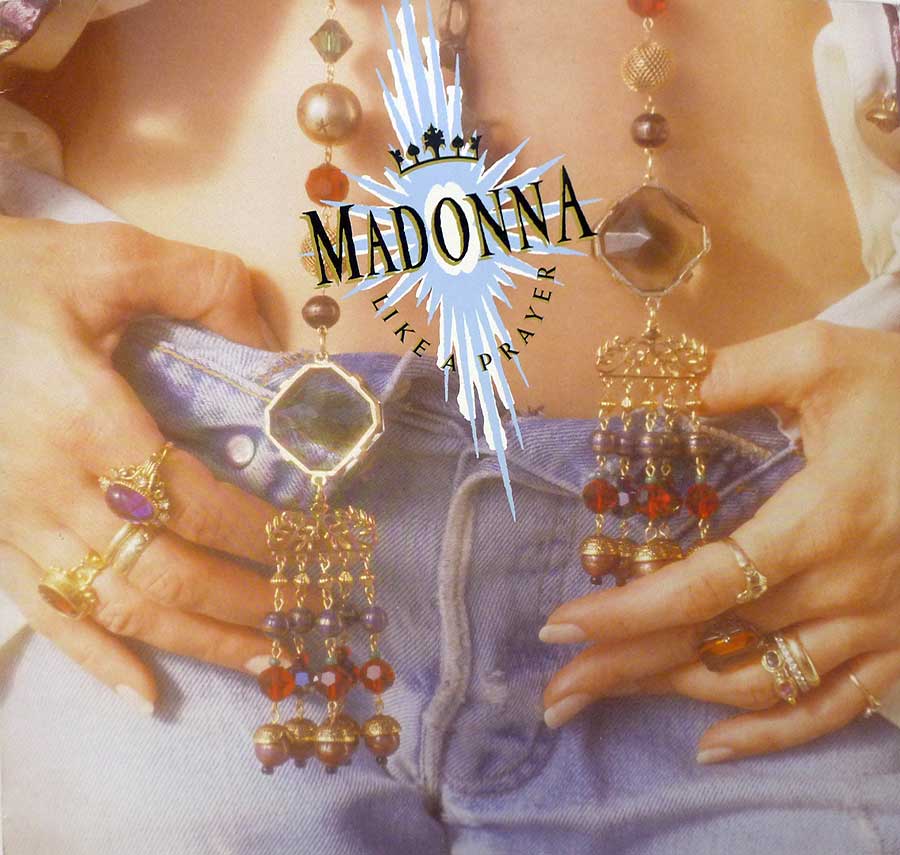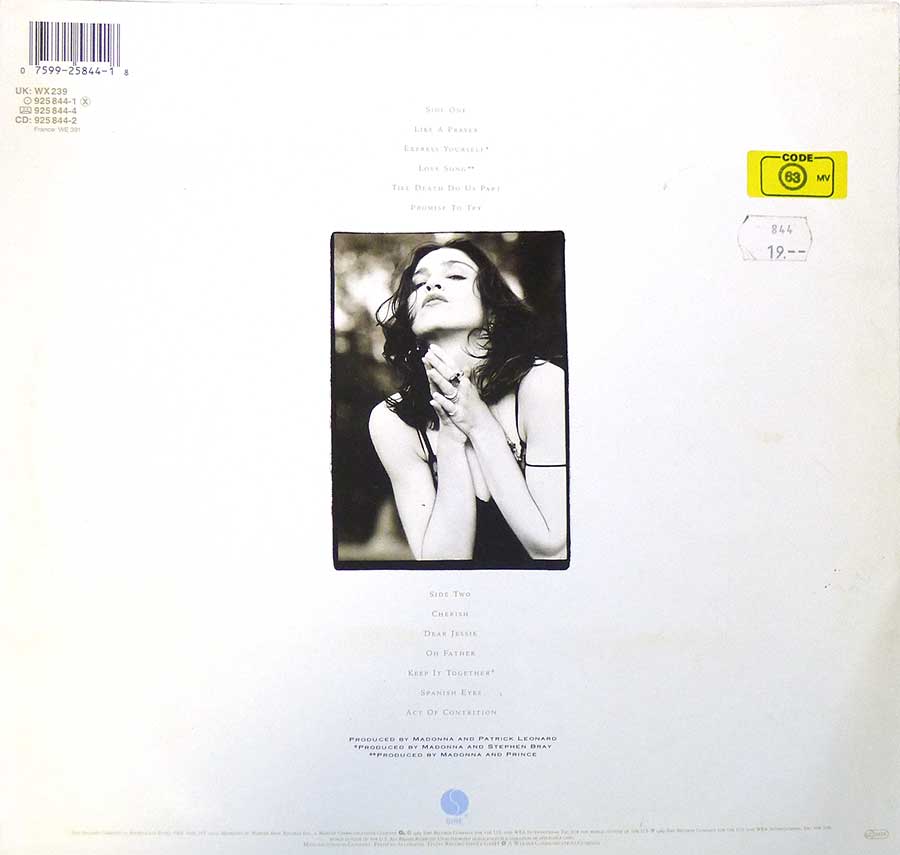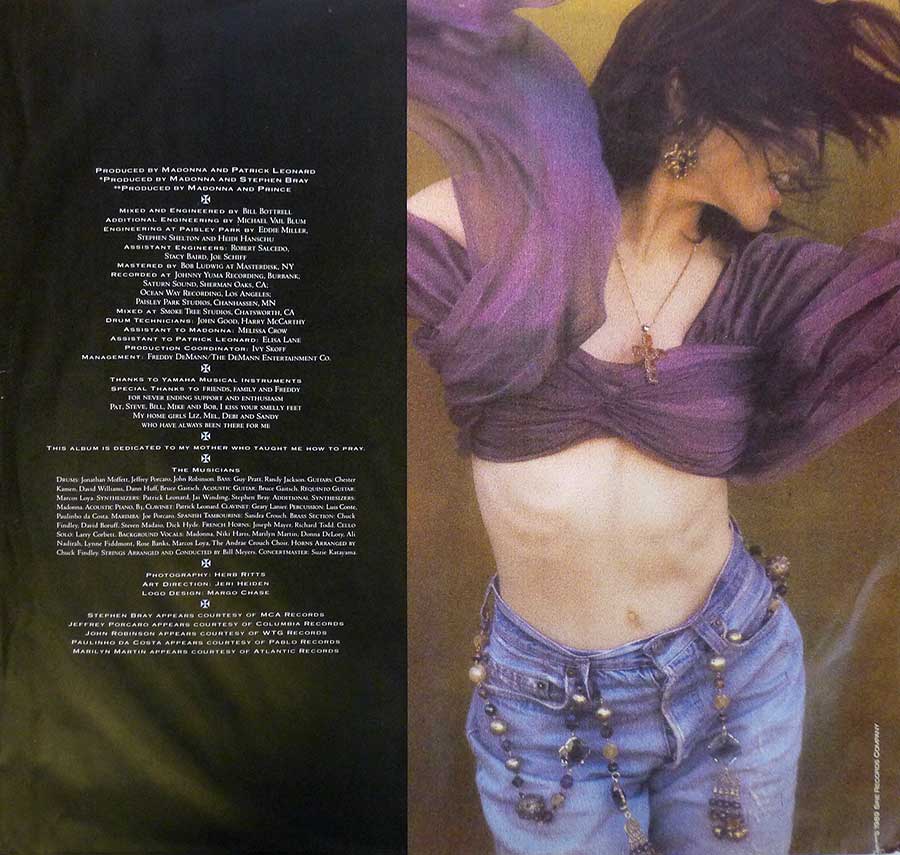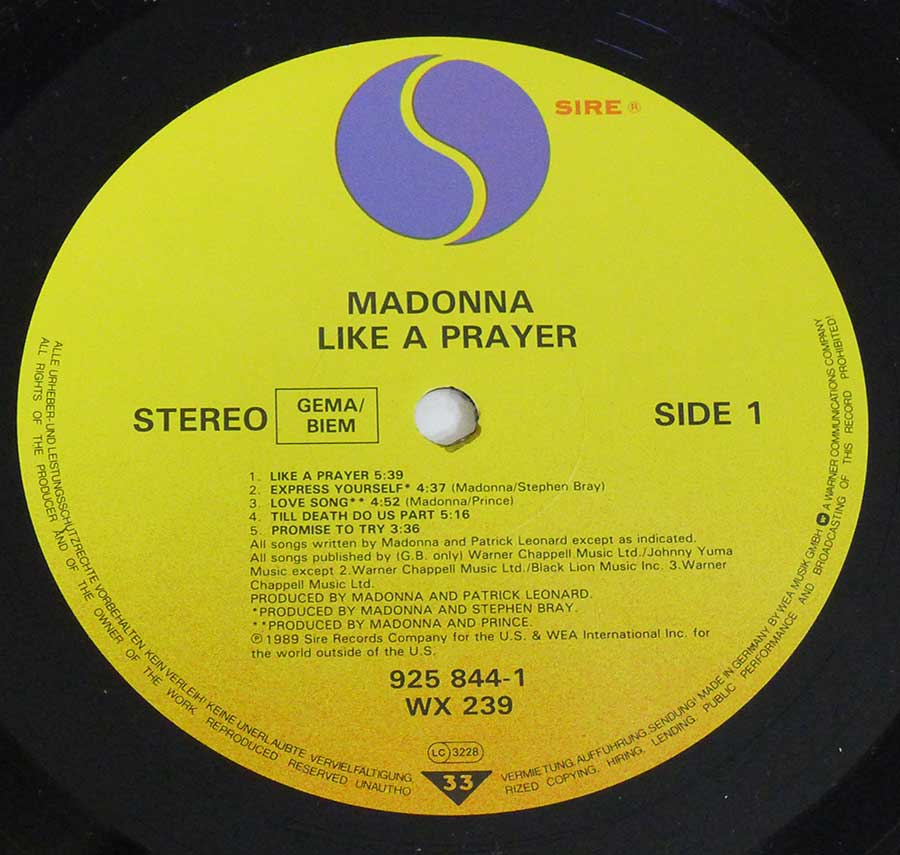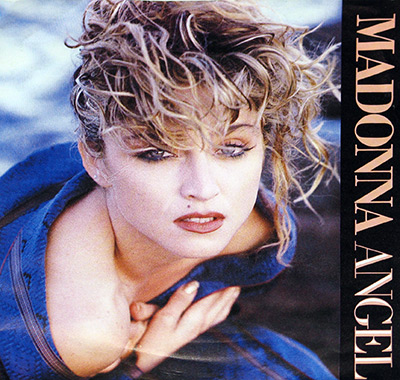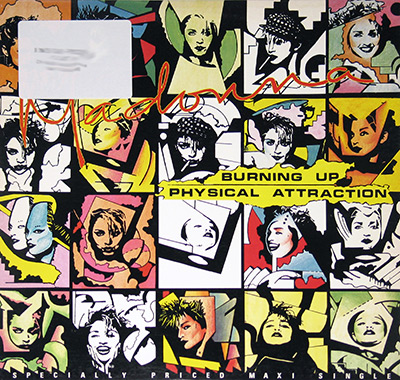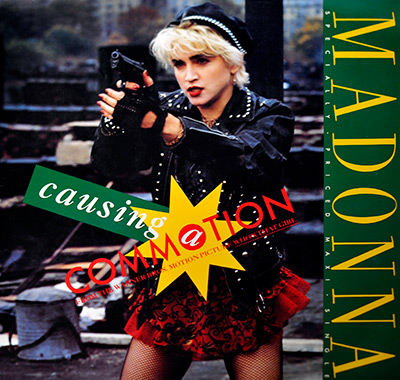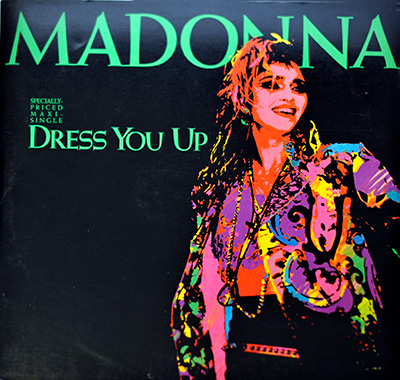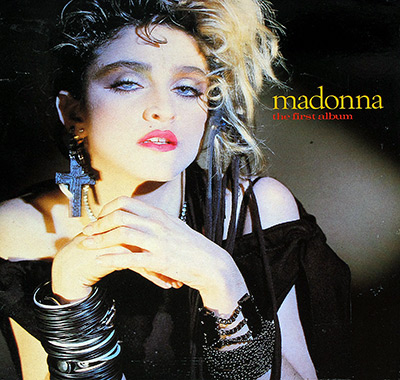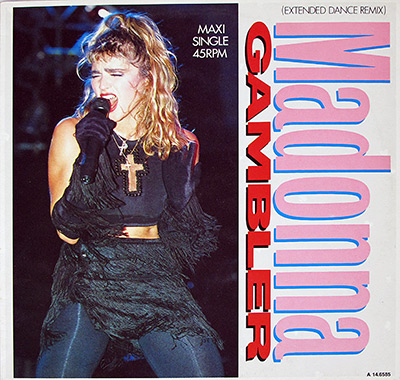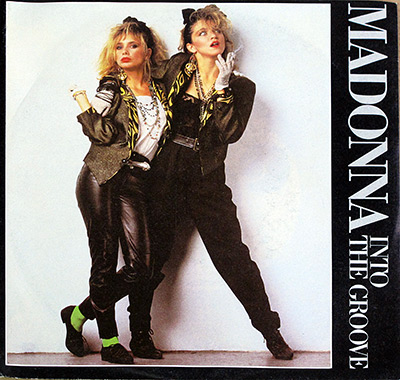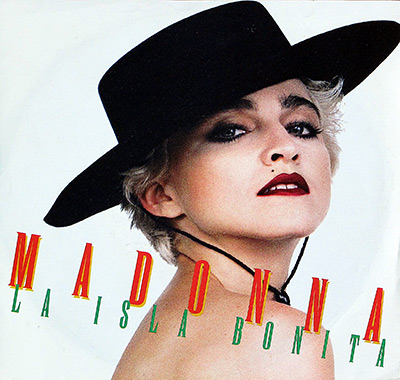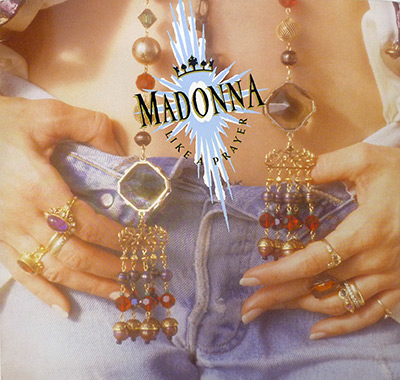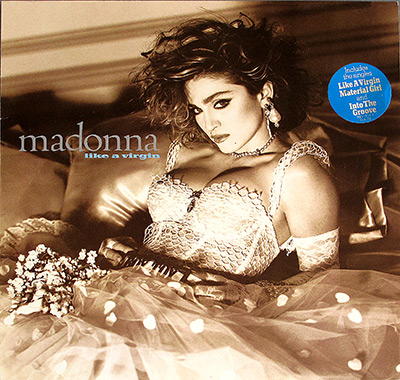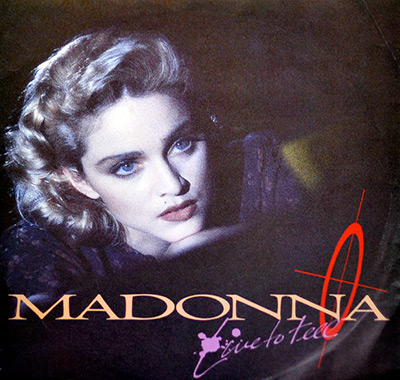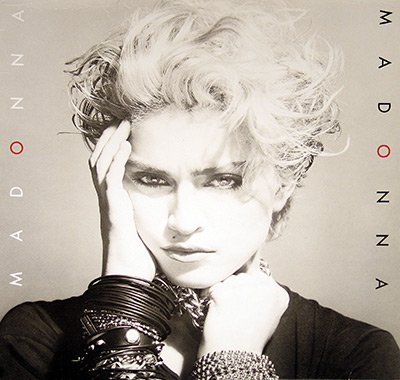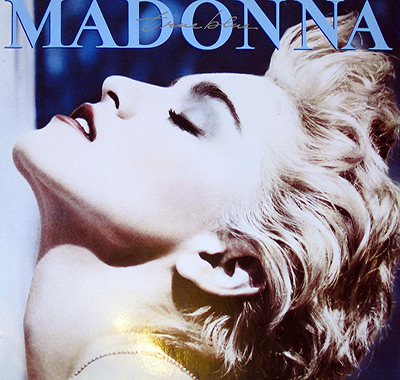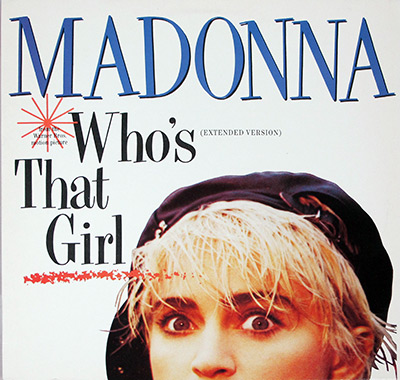"Like a Prayer" Album Description:
In the late 1980s, Madonna had already established herself as a pop icon, pushing boundaries with her provocative image and infectious dance-pop anthems. However, with her fourth studio album, "Like a Prayer," released in 1989, she embarked on a new era of artistic exploration and maturity.
Historical Context:
The album arrived at a time when the pop landscape was shifting. Artists were increasingly using their platforms to address social issues and express personal truths. Madonna, never one to shy away from controversy, embraced this trend with "Like a Prayer."
Musical Exploration:
"Like a Prayer" was a sonic departure from Madonna's previous work. The album incorporated elements of gospel, funk, and R&B, showcasing her versatility as a vocalist and songwriter. While dance-pop remained at the core, tracks like the title song, "Express Yourself," and "Oh Father" explored deeper themes of spirituality, female empowerment, and personal struggles.
Controversies:
The album's title track and its accompanying music video ignited a firestorm of controversy. The video featured religious imagery, including burning crosses and a Black Jesus, which some religious groups deemed blasphemous. The controversy led to Pepsi pulling a major advertising campaign featuring Madonna, but it also solidified her reputation as a fearless artist willing to challenge societal norms.
Production Team and Studio:
Madonna collaborated with a team of renowned producers and musicians on "Like a Prayer," including Patrick Leonard, Stephen Bray, and Prince. Prince, a musical icon in his own right, contributed his signature guitar work and songwriting talents to the track "Love Song," a duet with Madonna. The album was recorded at various studios, including Johnny Yuma Studios and Olympic Studios in Los Angeles.
Beyond the Music:
"Like a Prayer" was more than just an album; it was a cultural phenomenon. It sparked conversations about religion, sexuality, and artistic expression, cementing Madonna's status as a pop icon and a symbol of female empowerment.
